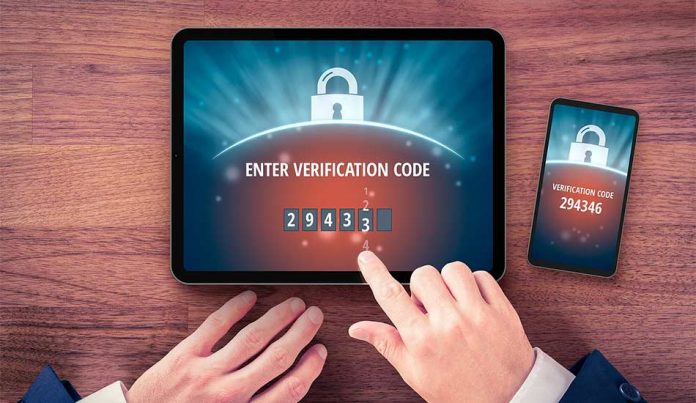Table of Contents
During the COVID-19 pandemic, there was a massive uptick in cybercrime. With companies moving to remote working locations for an extended period of time, attacks are expected to increase as many companies are leaving vulnerabilities and available access points in their organization.
Recent studies show that poor cybersecurity credentials were the cause of data breaches as 81% resulted from weak or stolen passwords and the company’s not using any sort of multi-factor authentication for their Outlook web app. The majority of accounts that underwent a data breach, were not protected with OWA MFA.
Compromised credentials pose a big threat to the security and integrity of your organization. Many users have a habit of reusing the same or similar passwords on different accounts. The problem with multi-factor authentication is that it can be time-consuming for users and pose complexities to the user experience, as well as be quite costly. However, the benefits of multi-factor authentication are far greater than the negatives that come with it.
Securing your business’s private data and your customers’ sensitive information needs to be a priority in an environment where cyber attackers are no longer a ‘maybe’ but a very real everyday occurrence.
Setting up multi-factor authentication can help protect your business from cyber attackers. Here are a few of the best practices you want to consider when implementing an MFA.
Make the MFA Process Easy To Deploy and Manage
The best way to get VPNs for your employees on board with implementing multi-factor authentication is to make it easy for your IT department to deploy and manage. Ideally, you want to look for a solution that will let you deploy MFA in the easiest way possible, across all users without having to add any additional hardware or software. The best multi-factor authentication is one that adapts to your existing infrastructure without the need to activate an additional working system. The MFA solution of your choice should have an easy-to-use dashboard for administrators so they can easily address any employee issues that may arise.
Implement MFA Across the Enterprise
The MFA solution you pick for your company should be user-friendly and scalable to be deployed across your entire organization. You want to make sure that the MFA solution covers all access points and won’t raise any issues if you do so. With multi-factor authentication, you have to keep it consistent throughout. If you choose a cloud-based solution, then every user needs to be using the cloud for data storage. Your MFA solution should cover all end users, cloud and on-premise solutions, and VPNs.
Provide a Variety of Authentication Factors
The user experience is crucial to a successful MFA deployment. When implementing an MFA solution, user convenience should remain at the forefront. To make the user experience with MFA better, you want to provide a range of authentication methods that are available to your users. These methods can include biometric authentication such as facial or fingerprint recognition, or other options such as hardware tokens, SMS passcodes, security questions, email verification, security codes, etc.
By being able to identify the benefits of multi-factor authentication to your organization, you can ensure that you are providing the best possible security for your company and your users. MFA can help your business maintain a strong security posture, while also remaining competitive in a tight market. It’s crucial that your company thinks of MFA as an asset versus just another added cost and responsibility. While deploying multi-factor authentication can be intimidating and daunting to some users and administrators, it’s still important to follow the best practices approach to make the deployment and implementation process simpler.















